Electricity From a Container – a Village Development Project in Malawi
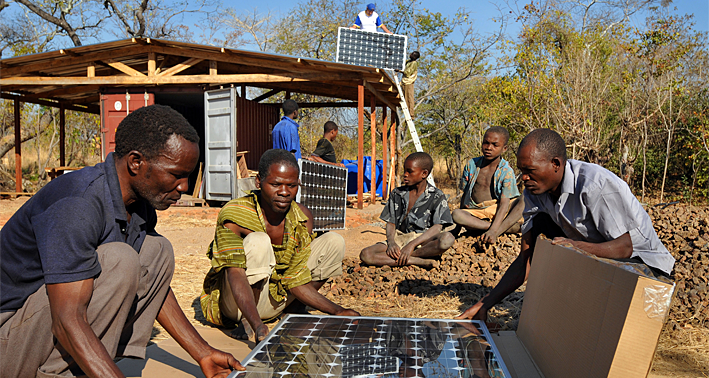
More than 1.3 billion people – or 22 percent of the world’s population – still live without electrical power. They live predominantly in rural regions without a connection to the grid. In September 2013, Harald Leitl and his team flew to Chilonga in Malawi in East Africa to set up a stable, maintenance-free power supply with the help of solar technology. We spoke to Harald Leitl, the managing director of the German Gablenz-based company Umweltcentrum für Haustechnik (Environmental Center for Housing Technology).
The missionary agency Liebenzeller Mission (LM) has been working on the “Ubwenzi” village development project in the Chilonga region since mid-2007. What are the goals for the project, and how did you get involved?
Initial contact came about as a result of meetings in 2002. Staff members from the mission were at home on leave, researching available options for power generation in the region. In the process, they not only told me – as a solar power expert – about their problems, but also outlined their plans for a project of this type. The goals are clearly defined: To help the 10,000 people living in the 12 villages by providing access to education, children’s programs, improving healthcare, increasing food security, establishing a drinking water supply and providing hope through the Christian faith.
Malawi is one of the countries most affected by AIDS. Young people in particular are at risk for contracting the disease and spreading it further. We are already seeing 140 deaths across the country every day due to this immune deficiency syndrome. The ones who suffer most are the more than 800,000 fully- or half-orphaned children who are left to struggle and eke out an existence.
Chief Chilonga approached the workers from the Liebenzeller Mission directly to ask if they could help the villagers he was responsible for. Working with village officials, we then set up the “Ubwenzi” project. “Ubwenzi” is a word from the Chichewa language and means “friendship.” But, to the Malawi people, this name means much more than friendship alone. It also means building bridges between people and overcoming differences, reaching out to each other and being there for each other and encounters shaped by love and compassion.
The remote village of Chilonga is not connected to the public power supply. You installed the first PV system back in 2008 and upgraded it in 2013. What changes did this mean for the people living in the village?
As well as improvements to the water supply and building a school and preschool and nursery, it has also been possible to set up test fields to trial new agricultural methods to improve harvest yields and offer assistance for the small state-run healthcare center.
So where is the electricity from the new PV system being used?
Mostly in the primary school, the teachers and teaching assistants’ homes and in the pre-school nursery. With the help of the mission’s “silent heroes” on the ground, the project grew so rapidly that the previous electricity production was no longer sufficient. In addition, the locally procured battery acid was diluted, which meant that the storage system wasn’t working properly. We therefore decided to set up a solar electricity container equipped with a 5-kW PV system and a reliable 17-kW battery storage system, which will also run in stand-alone mode.
This off-grid system was fully pre-assembled and put into operation at our Umweltcentrum (Environmental Center) facility. It was important for us to have a safe and reliable plant on-site, particularly under extreme weather conditions. We could only do this with a Sunny Island and Sunny Boy Mini Central. High-performance battery storage systems from Hoppecke were also used.
I would like to express my gratitude to SMA once again for offering so much help with this project. We truly value and appreciate the exceptional quality of products from SMA. In 2010, we set up a 30-kW off-grid system with battery storage systems in a school in Zambia, which has been running seamlessly ever since. This is important, since it would cost a lot of money and a great deal of effort to send out a repair team.
Before the container was sent on its journey, you set up a test installation in Germany. Why?
Local installation on-site is very difficult to carry out. The heat and the incredible distance to the nearest town have both taught me that the best approach is to plan everything meticulously here in Germany with all the tools at our disposal, from the start.
What challenges did you face this time?
The intense heat of 58°C (136°F) in the sun and 45°C (113°F) in the shade really push the technology to its limits – for example the batteries shut down at 45°C (113°F). This meant that we needed to protect the container against the effects of the sun. Shade was provided on the sides using reeds, while the PV system on the roof protects against sunshine from above. We incorporated air vents to enable air to flow through combined with an additional fan that runs inside the container. Thanks to this, the system has been running without any problems.
It takes a lot of time and effort to set up a project like this. Did you still find time and have the opportunity to see any of the country?
There is hardly any tourism in these countries. Although we only worked on-site for a few days, it was very tiring, and with the impressions I gained of the poor and barren country this soon left me feeling homesick. However, the time spent here is definitely worthwhile because you immediately see and feel the local improvements. The people there now have clean, safe water and electricity is available for the preschool andd nursery, the school and the project in general. In contrast, in Germany we probably live in one of the most privileged countries in the world.
So when will you be returning to Malawi?
If I am needed again for water and electricity, or if other help is needed in the field of solar power.
Thank you for the interview and the beautiful photos!
Background
Malawi, in the southern part of Africa, is one of the poorest countries in the world. The country ranks 170 out of 180 on the Human Development Index (HDI), a ranking system that represents the development level of a country.

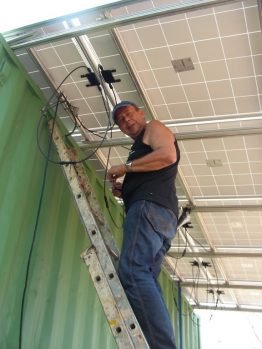
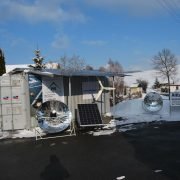
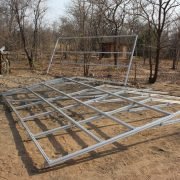
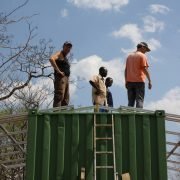
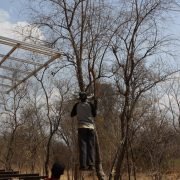
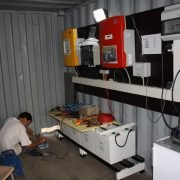
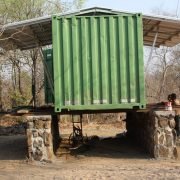
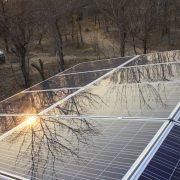
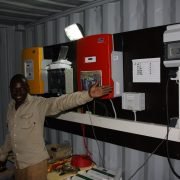
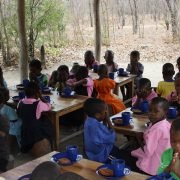
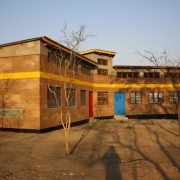
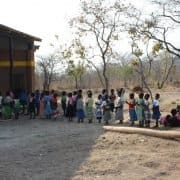
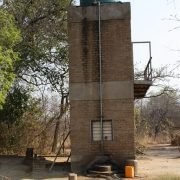
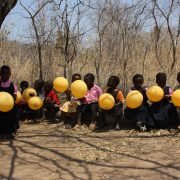
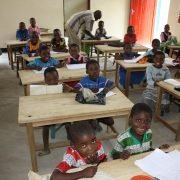
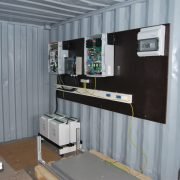
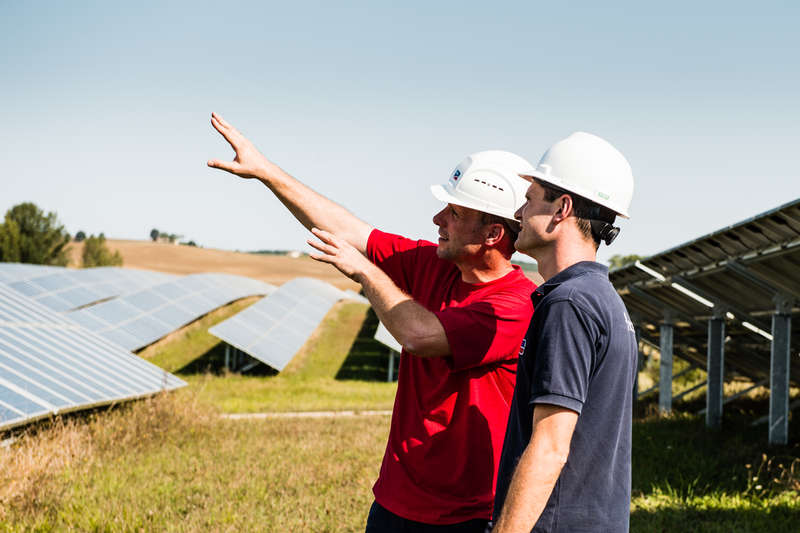
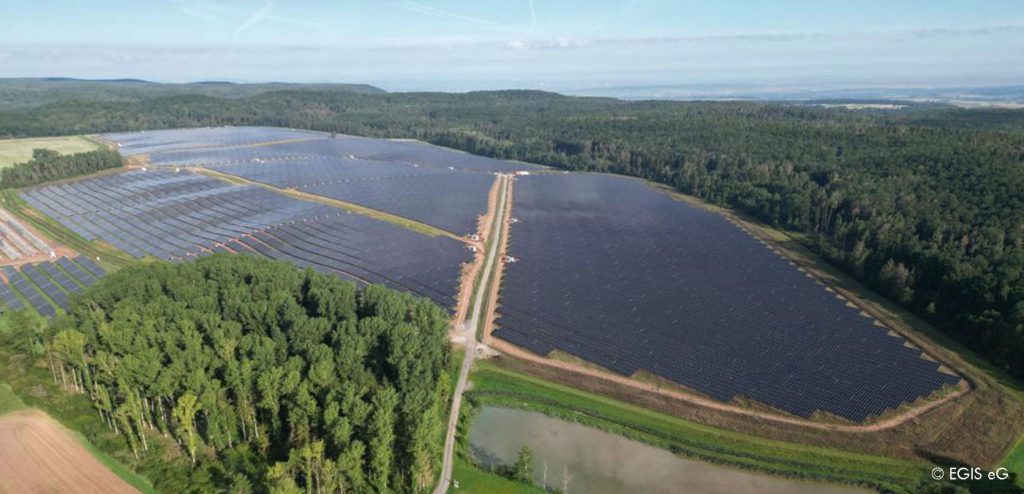
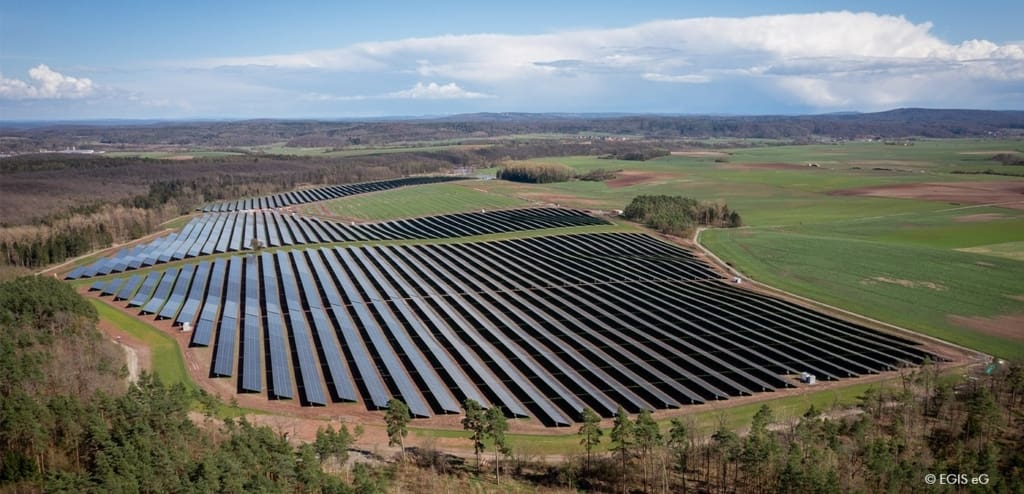
Great article! The use of shipping containers to generate electricity is a creative and innovative solution to the energy challenges faced by many rural communities in developing countries. The project in Malawi highlights the potential of such initiatives to bring reliable and affordable electricity to areas that lack access to the grid. By using solar panels and batteries installed in a shipping container, this project provides clean energy that can power homes, schools, and businesses. Such initiatives can have a transformative impact on local communities, improving their quality of life and promoting economic development.
Hello Memphis Electrician,
Thanks for your kind feedback.
Sunny regards
Christiane
The serious warmth of 58°C (136°F) in the sun and 45°C (113°F) in the shade truly push the innovation as far as possible – for instance the batteries close down at 45°C (113°F). This implied we expected to secure the compartment against the impacts of the sun. Shade was given on the sides utilizing reeds, while the PV framework on the rooftop shields against daylight from above. We consolidated air vents to empower air to course through joined with an extra fan that keeps running inside the compartment. On account of this, the framework has been running with no issues.
This article is a fantasy:
“There is hardly any tourism in these countries?”
“Poor and barren country?”
“58°C (136°F) in the sun?”
“Incredible distance to the nearest town?”
Was this fellow in Central African Republic?
Malawi, which includes Nyika Plateau, Lake Malawi, the Shire River, and Mount Mulanje (purported inspiration for much of the Lord of the Rings trilogy), is one of the more pleasant places in Africa. Although I don’t know the town of Chilonga, it appears to be about 50km NW of Lilongwe, a city with an international airport, at least four solar energy companies, and a robust market for building materials and electrical equipment. I have traveled extensively in the rural areas there replacing borehole pumps, and I will estimate this site is 2-3 hours max from Lilongwe.
Please perform some due diligence about the ‘Warm Heart of Africa’ before you put pen to paper, these ignorant comments make the rest of the interviewee’s skills and observations look suspect.
You really got that wrong dear friend! Chilonga is a village 186 km south east from the capital and the other places you speak of are topical tourist destinations. I live in Chilonga and can confirm that what is in the article is true.